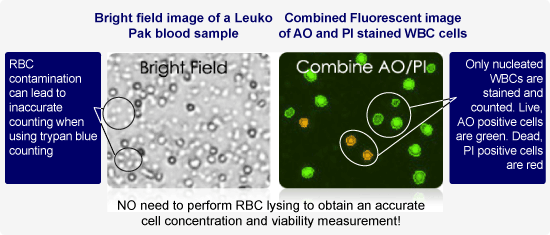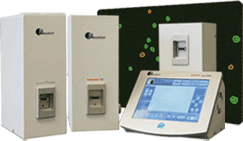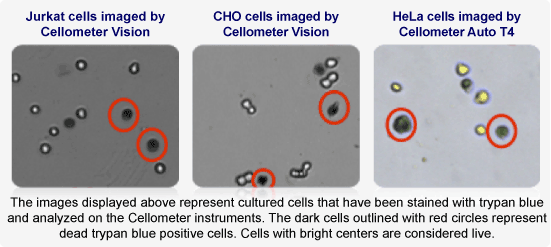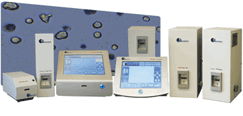Hi all,
Today I've got a key definition for all those of you who are culturing primary cells, or may be thinking about it!
What is a primary culture? Here's a formal definition:
A primary culture is the stage after the isolation of the cells from tissue, but before the first sub-culture. (At the point of the first sub-culture, it becomes a cell line).
In practice it is often very important to clarify this definition, since the widespread commercial availability of human primary cells has led to frequent alternative use of the terms "primary cells" or "primary cell lines". This can be very misleading.
In some cases, you may obtain cells from a supplier that are labelled "primary cells". These are (or should be!) cells that have been cryopreserved at the end of the primary culture stage. When you thaw these into culture, they become a finite cell line, beginning at passage number 1. Each time they are sub-cultured, the passage number increases by 1 (passage 1, passage 2, passage 3 etc).
However, in other cases, you may receive cells that are referred to as "primary cells" but they have actually gone through a number of sub-cultures prior to arrival in your lab - in this case they are not actually primary cells, but are already a finite cell line. Be sure to check the passage number and ask the supplier if you need clarification.
Clarification of the culture stage is important because it affects the uniformity of the cell population and the number of generations remaining before senescence (ie the lifespan). This could have a serious impact on the performance of your cells during the course of your experiments. Starting experiments with older cells could even mean that the culture starts to senesce and die before you've completed your work (remember these are finite cell lines with a short lifespan).
Note that, technically speaking, if cells are subcultured from a true primary culture, the correct term is "early passage cell line" and not a "primary cell line", which is a contradiction in terms!!
Remember: all cell cultures begin as primary cells, even if they are subsequently treated to become finite or immortal cell lines. So primary cells are important as the source of all cell cultures!
More later this week about primary cells vs. cell lines, and how to make the most of the short lifespan of your finite cells! Meanwhile, please feel free to contact us by leaving any questions or comments here, email info@x-cellr8.com or via Facebook at https://www.facebook.com/XCellR8
Primary fibroblasts in culture, isolated from the dermis of human skin.
These cells are used at XCellR8 to perform in vitro efficacy testing to support cosmetic claims
such as collagen-boosting, anti-oxidant and anti-ageing:
Happy Cell Culturing! :)
Cellwyn



























